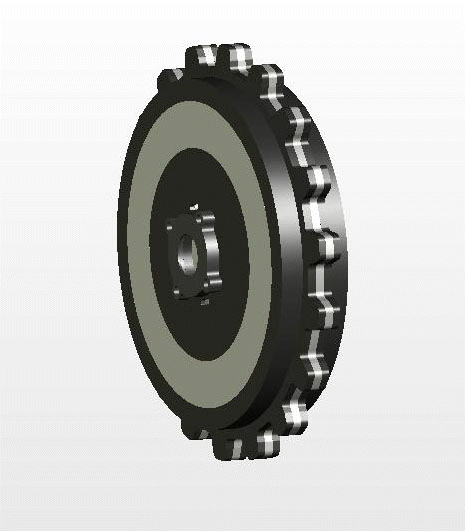
I have been following a company called US Highland for a long while now. They originated in Sweden and recently set up shop in Oklahoma. Some of the engineers are from Husqvarna and there are a lot of big names and experience on the board of directors.
Recently they announced a “Magnetronic†hub motor in development and patented under Millennial Research Corporation. There is some information available in the patent filing.
Can anyone distill this down to common speak? Highland says it’s a game changer. Can anyone explain how? What do you all think about the design?
I plan on writing something up on PlugBike.com about it and will link to this thread and the experts of Endless Sphere for credit.
Thanks in advance! I figure if I can't get an answer here I'll just have to wait and see the finished product
Here is the link to the patent…
http://www.google.com/patents/about?id=5m7QAAAAEBAJ
Here is the press release from US Highland…
GLENPOOL, Okla., July 1, 2010 (GLOBE NEWSWIRE)  US Highland, Inc. (OTCBB:UHLN) a U.S. based designer and manufacturer of high performance, premium quality Motocross, Supermoto, Quad and Enduro motorcycles, announced today that the Company in conjunction with its Joint Venture partner, Millennial Research Corporations, has completed a new revolutionary hub motor (electric engine) based on its patented magnetronic technology. US Highland has the exclusive rights to utilize the engine and technology for powersports applications.
“We are very excited about the possibilities this electric motor technology adds to our company. This puts US Highland at the forefront of the green technology movement within the powersports industry. We have worked with our partner Millennial Research Corporation on the development of this engine for over two years. It is now finally ready for commercial applications, †commented Mats Malmberg, President of US Highland, Inc.
Dennis Palmer, Founder of Millennial Research Corporation, added, “Our revolutionary magnetronic motor technology is broadly applicable across many industries and markets. This powerful magnetronic motor designed for US Highland will require as much as 70% less battery usage for the same run time and weigh as much as 40% less than the existing competition. This a real game changer for the use of electrical engines in power sports.â€Â
About US Highland, Inc.
US Highland, Inc., is a US based designer and manufacturer of high performance, premium quality Motocross, Supermoto, Quad and Enduro motorcycles. The Company is also a leading development and engineering partner for leading OEM’s around the world. For additional information concerning US Highland Inc., visit http://www.ushighland.com.
About Millennial Research Corporation
Millennial Research Corporation is the developer and patent holder of the unparalleled and revolutionary patented magnetronic electric motor technology, which represents the first substantial change to the electric motor since the industrial revolution. Millennial Research Corporation has a full suite of additional patent applications now pending to further protect its IP and is pursuing patent protection worldwide. For additional information concerning Millennial Research Corporation, visit http://www.millennialresearchcorp.com
Forward-looking Statement:
This release contains forward-looking statements within the meaning of Section 27A of the Securities Act of 1933, as amended, and Section 21E of the Securities Exchange Act of 1934, as amended. All forward-looking statements are inherently uncertain as they are based on current expectations and assumptions concerning future events of future performance of the company. Readers are cautioned not to place undue reliance on these forward-looking statements, which are only predictions and speak only as of the date hereof. In evaluation such statements, prospective investors should review carefully various risks and uncertainties identified in this release and matters set in the company’s SEC filings. These risks and uncertainties could cause the company’s actual results to differ materially from those indicated in the forward-looking statements.

